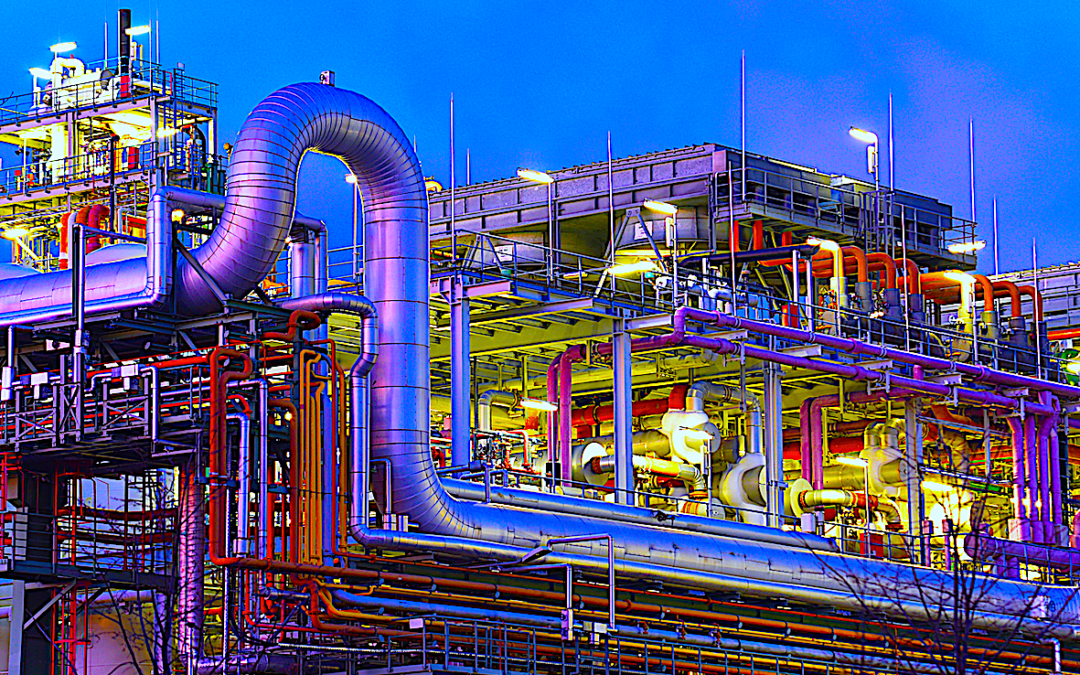I have written extensively in The RAM Review about the importance of precision-work instructions to ensure high-quality maintenance work. Such instructions are particularly valuable for bringing in a successful shutdown, turnaround, or outage (STO) event. The goals for a successful STO event are clear: 1) come in on scope; 2) come in on schedule; 3) come in on budget; 4) ensure zero adverse safety or environmental consequences; and 5) ensure a smooth and successful restart. Precision-work instructions support each of these goals, but especially the achieving of a smooth and successful restart. Let’s explore further.
The typical STO event combines many divergent jobs, including capital ties-ins, and utilizes a diverse labor force that includes contractors from multiple disciplines and organizations. Moreover, everything must be done on a very tight and usually inflexible time schedule. There are a lot of moving parts in an STO—especially when it’s a very large and/or complex event. For most plant managers, the only thing worse than planning and executing an STO is dealing with poor work-quality issues in the the 30, 60, or 90 days following the operation’s startup.
A SIMPLE, VALUE-ADDING CONCEPT
While precision-work instructions are a simple concept, they seem to be an endangered species in most STO plans. These instructions are the part of an STO work package that provide the tradesperson or technician with specific details about how a job must be completed and, where appropriate, specifies the tools that should be employed to complete that job.
Precision-work instructions supplement other elements of the work packages, including, among other things, bills of materials (BOMs), to ensure the right work is done right. Such instructions should provide a clear sequence in which tasks should be completed; an appropriate amount of detail about how to complete the task; precisely defined fit, tolerance, quantity, and quality details; and required work-quality checks to make sure that a job was done correctly.
THINK ‘KNOWLEDGE & KNOW-HOW’
When I discuss this topic with plant maintenance managers and reliability engineers, they often respond along the lines of, “We employ experienced tradespeople who should know how to complete the job.” To that, I typically respond with a question, such as, “What’s the required torque value for a 7/8-inch SAE 5 UNC threaded fastener?” The conversation typically gets quiet at that point, or I’ll hear, “We have torque tables in the shop.” Or, “It’s the contractors’ responsibility to provide that information.” Precision-work instructions, though, are about something else: knowledge and know-how management. This includes knowledge and know-how administration, logistics, and engineering.
Knowledge and know-how administration is the process of converting tacit knowledge and know-how into formal knowledge and know-how. Too many organizations rely on tacitly held knowledge contained in the heads of tradespeople and technicians—sometimes referred to as tribal knowledge. Relying on tacit knowledge has consistency and continuity problems that result in work-quality issues.
♦ From a consistency perspective, it’s highly unlikely that all tradespeople possess the same concept about how a particular job should be completed, and they’ll surely possess different levels of experience. Additionally, tradespeople and technicians demonstrate different levels of initiative to obtain the information that’s necessary to complete a quality job when it’s missing from the work instructions provided.
♦ From a continuity perspective, when knowledge and know-how is held tacitly, your organization’s intellectual property literally walks out the door when experienced people resign or retire. Formalizing their knowledge and know-how prevents what is sometimes referred to as “corporate amnesia”— where the organization literally forgets how to run its business. Another chief benefit from formalizing tacit knowledge and know-how is that it supports training and helps less-experienced people function more effectively. Knowledge administration is essential for all maintenance activities, but deficiencies are particularly risky during an STO event.
Knowledge and know-how logistics refers to the process of getting the necessary information to the people who need it, where they need it, and when they need it. The schedule is quite compressed during an STO event. If clear work instructions are not available where and when they are needed, the tradespersons and technicians are forced to search for the necessary information (which adversely affects schedule compliance), or must forge ahead and complete the job using their best guesses (which creates work-quality problems). Neither scenario is ideal.
Knowledge and know-how engineering closes the loop. It’s very difficult to improve work instructions unless they’re clearly defined and documented. Once that’s done, engineers can evaluate opportunities to increase reliability by selecting different parts or materials or by modifying part, component, or system design. Keep in mind that maintenance engineers and planners require a clear definition of the current state before recommending changes that will increase maintenance work effectiveness or efficiency.
CONSIDER THE REURN ON INVESTMENT
Precision-work instructions are essential for all aspects of plant maintenance—and plant operations, for that matter. But these types of instructions are especially important during an STO event. Straightforward instructions, made available where and when they’re required, result in high-quality and safe work. However, the compressed timeline and diversity of maintenance jobs completed during an STO raises the stakes.
If you experience startup-quality and operational-stability problems following an STO event, look at your maintenance-work instructions. There’s a good chance that reliance on tribal knowledge is the root cause.TRR
ABOUT THE AUTHOR
Drew Troyer has 30 years of experience in the RAM arena. Currently a Principal with T.A. Cook Consultants, he was a Co-founder and former CEO of Noria Corporation. A trusted advisor to a global blue chip client base, this industry veteran has authored or co-authored more than 250 books, chapters, course books, articles, and technical papers and is popular keynote and technical speaker at conferences around the world. Drew is a Certified Reliability Engineer (CRE), Certified Maintenance & Reliability Professional (CMRP), holds B.S. and M.B.A. degrees, and is Master’s degree candidate in Environmental Sustainability at Harvard University. Contact him directly at 512-800-6031 or dtroyer@theramreview.com.
Tags: reliability, availability, maintenance, RAM, asset management, shutdowns, turnarounds, outages, STOs



